Stella D'Oro Daylily Care: Tips For Growing Reblooming Daylilies
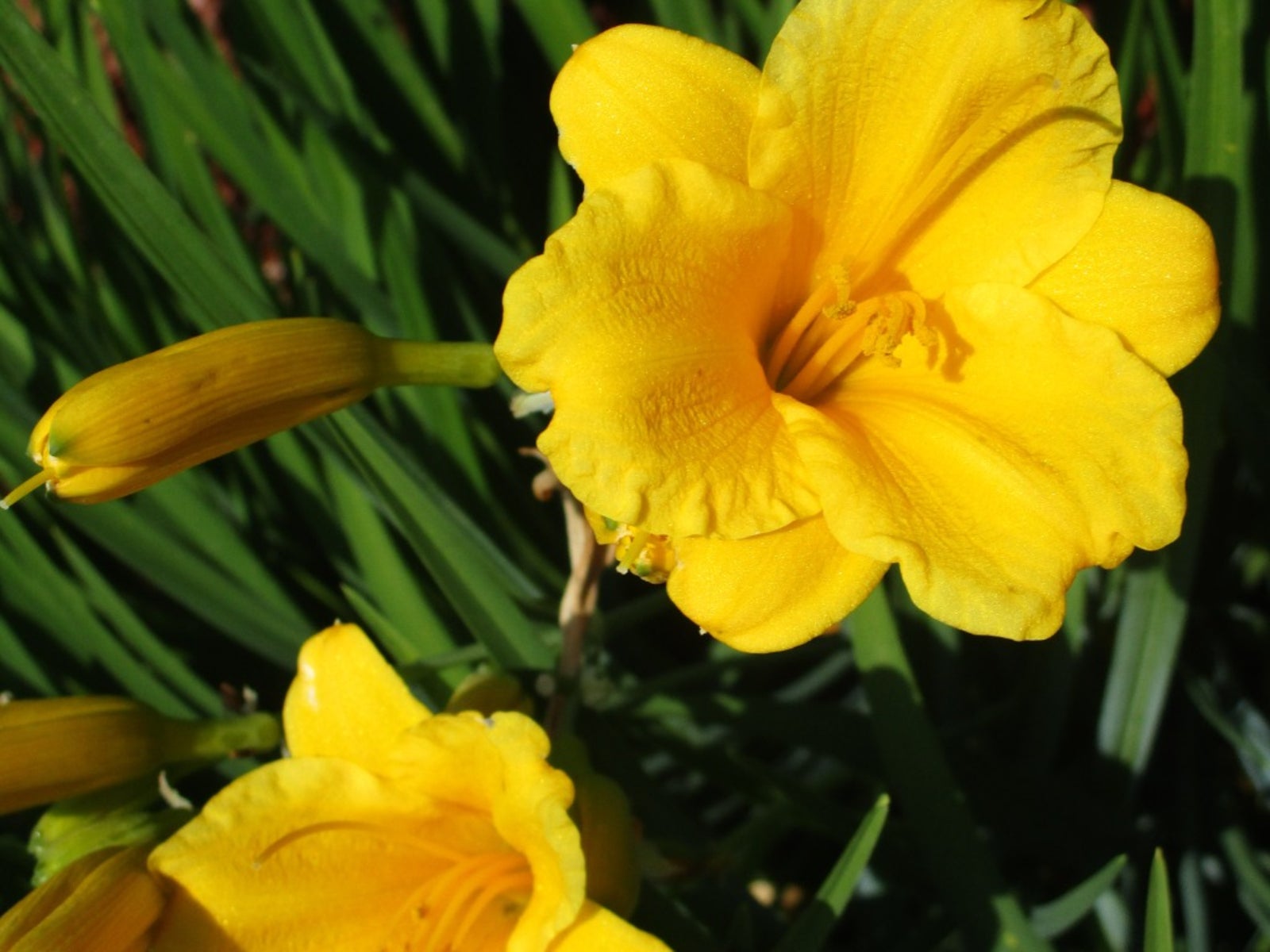

The Stella d’Oro variety of daylily was the first developed to rebloom, a great boon for gardeners. Growing and caring for these pretty daylilies is not difficult and will provide you with summer long flowers.
About Stella d’Oro Daylilies
Most daylilies bloom for a short period of time during the summer. For this brief period they produce showy, beautiful flowers, but for the rest of the growing season all you get are spiky green leaves. In 1975, the first reblooming variety was developed by Walter Jablonski. The Stella d’Oro daylily produces bright, cheerful flowers that continue to bloom all season if you care for them correctly.
How to Grow Stella d’Oros
Growing reblooming daylilies isn’t hard, but there are some secrets to keep them producing flower after flower all season long. First, make sure you give your daylilies the right growing conditions to keep them healthy and happy. Stella d’Oro plants prefer sun but will tolerate partial shade. They also tolerate humidity and heat. Watering needs are average, but they do need more water during dry spells. Generally, caring for Stella d’Oro plants is easy and they will tolerate a variety of conditions.
Stella d’Oro Daylily Care
The secret to keeping your Stela d’Oro blooming continuously is deadheading. You don’t have to do it, but if you take the time to deadhead correctly, you will be rewarded with constant blooms. Deadheading refers to the removal of spent flowers before they can develop enough to produce seeds. If you don’t remove them, the plants will put more energy into seed production and less into making more flowers. The correct way to deadhead Stella d’Oro flowers is to remove the spent blossom and the ovary directly beneath it. You can do this by removing the entire flower from the small stem it is growing on, or by removing the flower and its stem from the main stem of the plant. Pinching the flowers off and cutting them off are both acceptable ways to deadhead. To deadhead thoroughly and get the most out of your plants, plan to remove spent flowers every few days. Not only will this lead to more continuous blooms, but it will also help keep your beds and plants tidy in appearance.
Gardening tips, videos, info and more delivered right to your inbox!
Sign up for the Gardening Know How newsletter today and receive a free copy of our e-book "How to Grow Delicious Tomatoes".

Mary Ellen Ellis has been gardening for over 20 years. With degrees in Chemistry and Biology, Mary Ellen's specialties are flowers, native plants, and herbs.
-
 Looking For Plants To Give You The Soft And Fuzzies? Try These 5 Fuzzy Leaf Plant Options
Looking For Plants To Give You The Soft And Fuzzies? Try These 5 Fuzzy Leaf Plant OptionsLovers of texture, drama, silver foliage and tactile plants will adore these special sensory garden additions. These fuzzy leaf plant options will leave you all aglow
By Susan Albert
-
 Get Ready For A Summer Of Hummers! Grow These Full Sun Hummingbird Plants and Flowers
Get Ready For A Summer Of Hummers! Grow These Full Sun Hummingbird Plants and FlowersIf you’re lucky enough to enjoy a sunny backyard, make sure you are maxing out on your pollinator opportunities and grow these full sun hummingbird plants and flowers
By Tonya Barnett
-
 Are Daylilies Edible - Can I Eat Daylilies
Are Daylilies Edible - Can I Eat DayliliesDaylilies are easy to grow and produce fantastic blooms. Their laissez faire nature and hardiness make them ideal landscaping plants. If you are a garden grazer, you may wonder, "can I eat daylilies?" And if they are, which daylilies are edible? The wonderful answer is contained below.
By Bonnie L. Grant
-
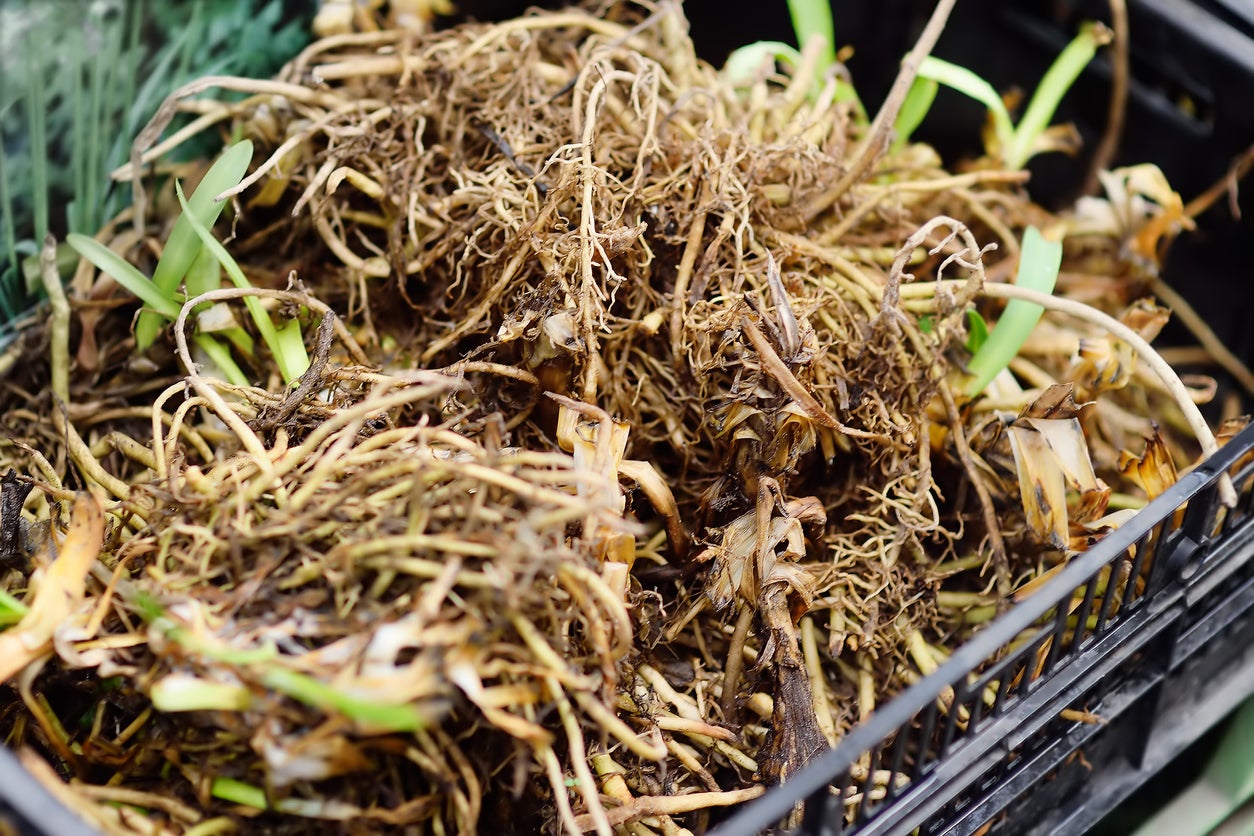 Daylily Tuber Winter Care – Learn About Overwintering Daylily Plants
Daylily Tuber Winter Care – Learn About Overwintering Daylily PlantsDaylilies are some of the toughest flowers around, but if you’re concerned about daylily plants in winter, digging and storing daylily tubers isn’t a bad idea, especially in climates north of USDA plant hardiness zone 5. Click this article to learn what to do with daylilies in winter.
By Mary H. Dyer
-
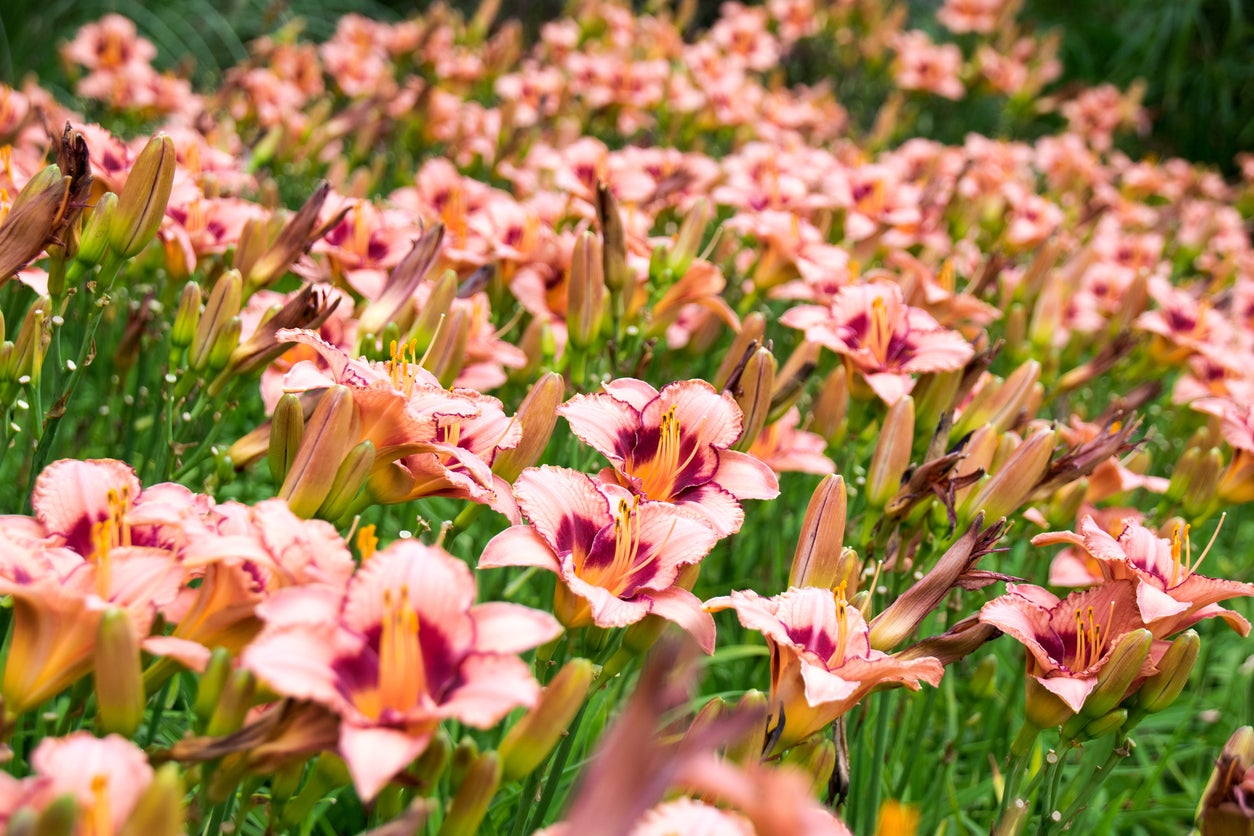 Daylily Division Guide: Learn How And When To Divide Daylilies
Daylily Division Guide: Learn How And When To Divide DayliliesDaylilies are pretty perennials with striking blooms, each of which only lasts for one day. They don’t require much care once established, but dividing daylilies should be done every few years to keep them healthy and blooming. Learn when and how to do this here.
By Mary Ellen Ellis
-
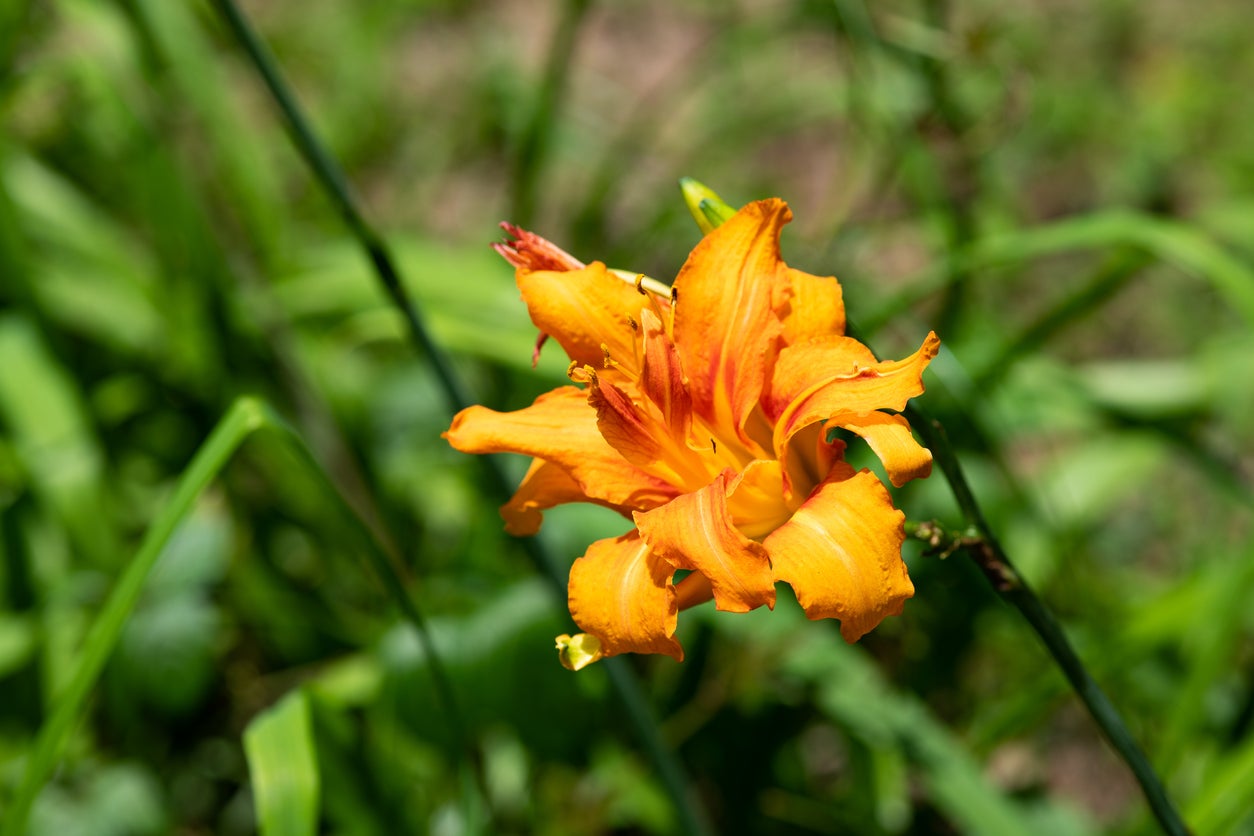 How And When To Cut Back Daylilies: Daylily Trimming Made Simple
How And When To Cut Back Daylilies: Daylily Trimming Made SimpleDaylily trimming after bloom time will keep these beauties tidy and disease-free. Trim the plants back after they bloom and before you divide them.
By Mary Ellen Ellis
-
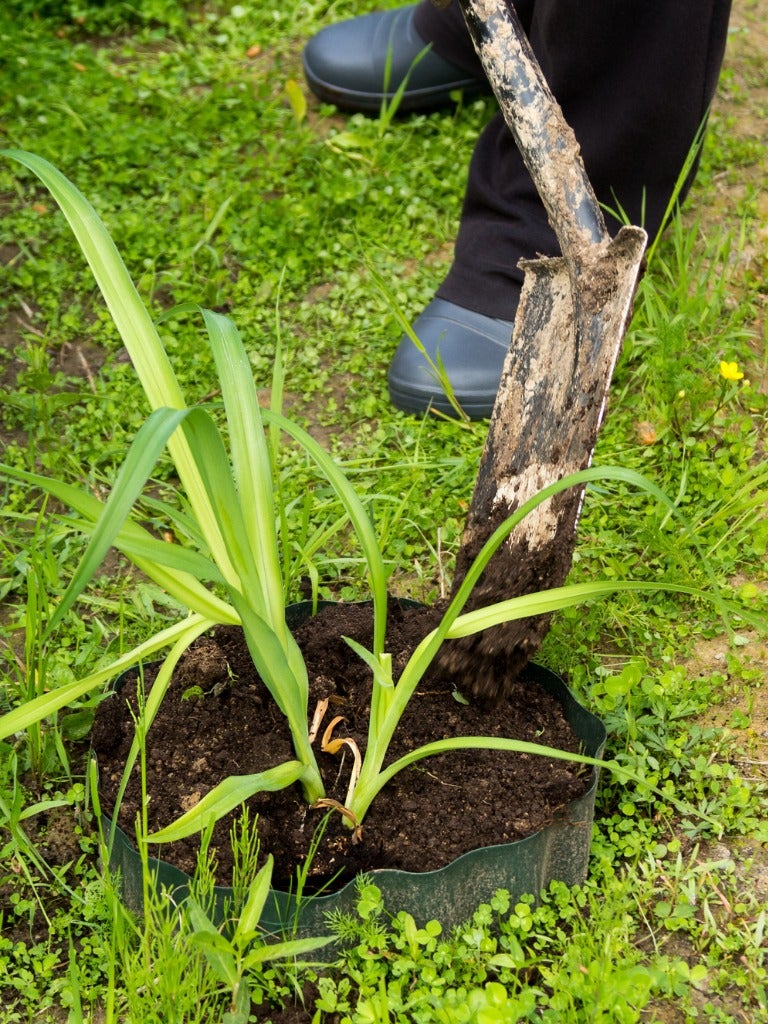 How To Transplant Daylilies: Learn About Moving Daylilies In The Garden
How To Transplant Daylilies: Learn About Moving Daylilies In The GardenDaylilies like to be divided every three to five years for optimal blooming. Moving and transplanting daylilies takes a little finesse. The following information on how and when to transplant daylilies will have you an old pro at dividing and moving daylilies in no time.
By Amy Grant
-
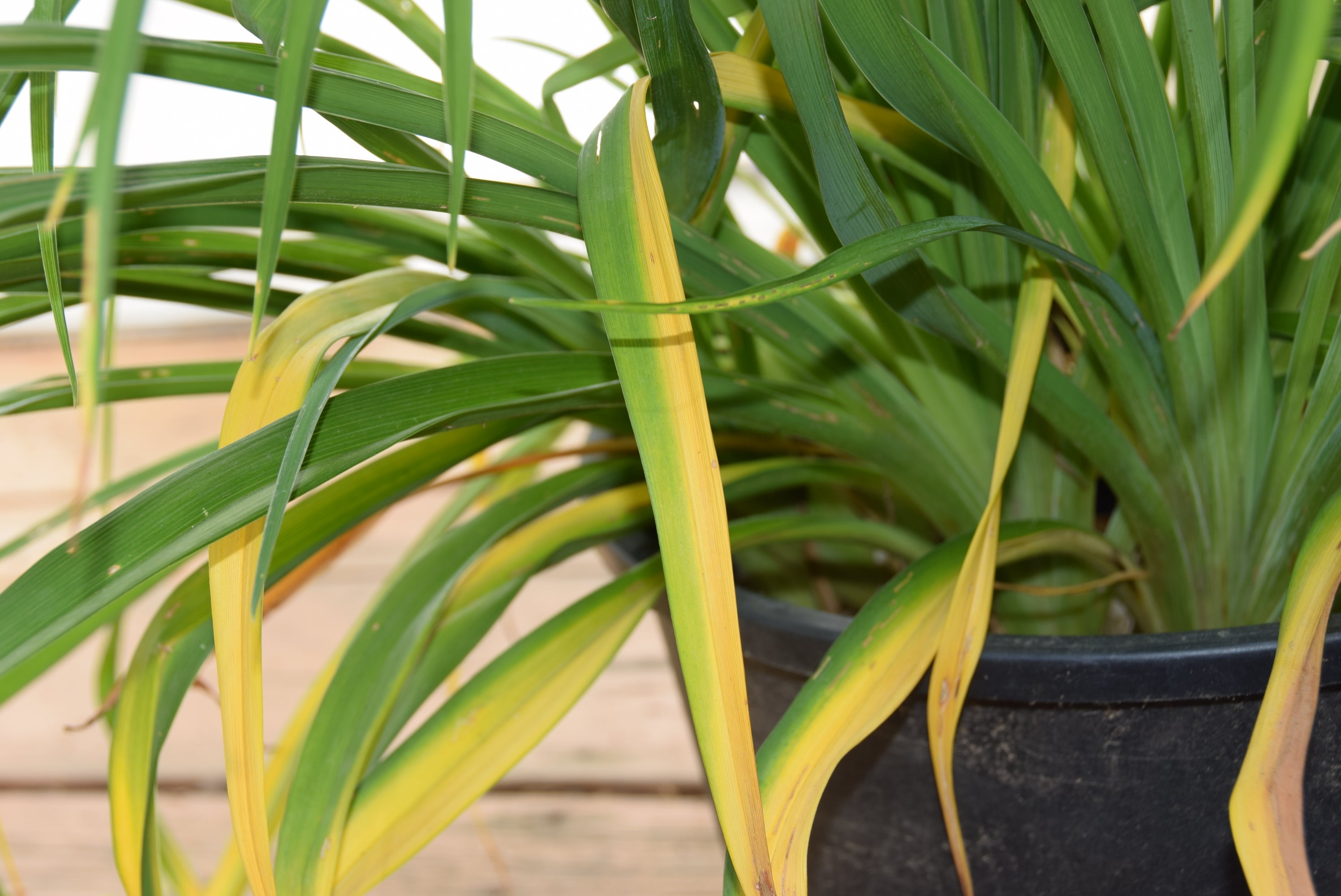 Streaks On Daylily Leaves: Learn About Daylily Leaf Streak Disease
Streaks On Daylily Leaves: Learn About Daylily Leaf Streak DiseaseDaylily plants are among one of the most popular perennial landscaping flowers. While robust, there are some issues that may cause these plants to struggle in the garden. Daylily leaf streak, for instance, can cause distress. Learn more about this disease here.
By Tonya Barnett
-
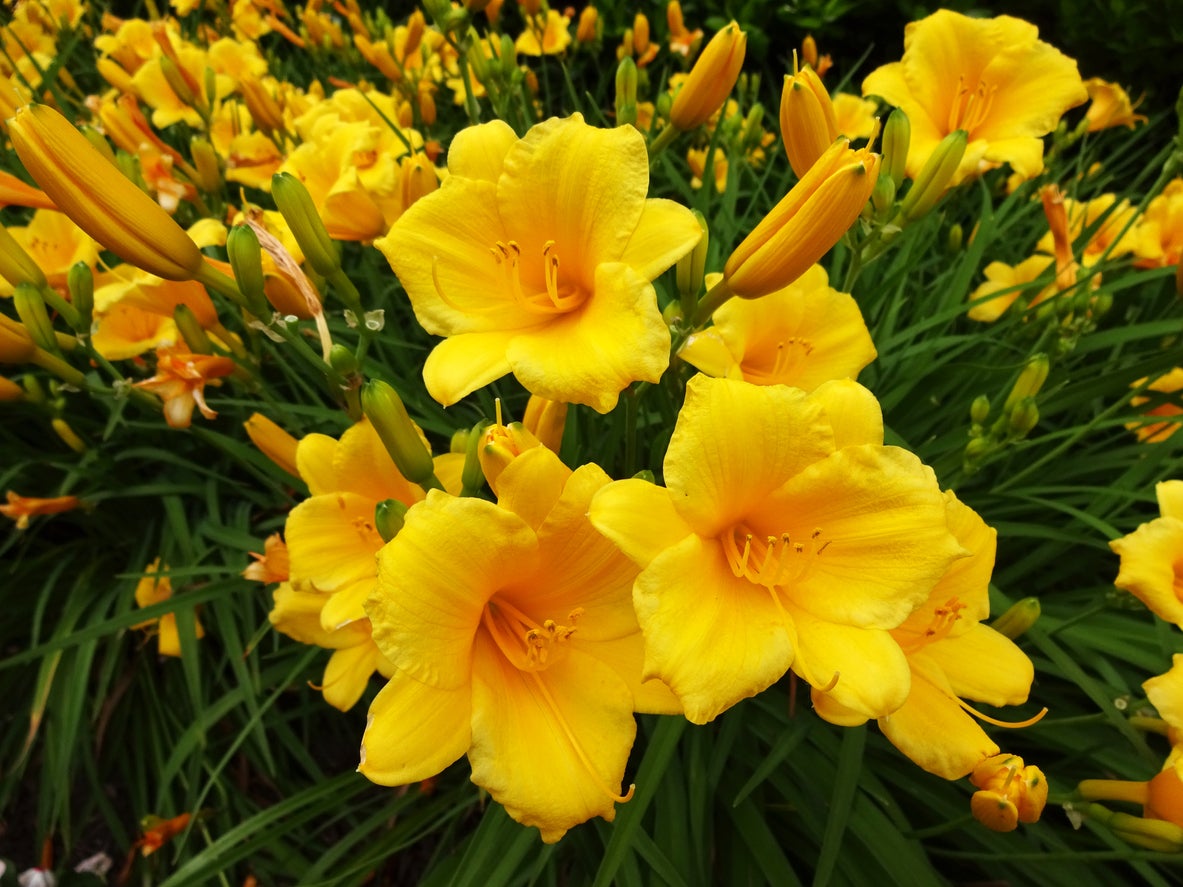 Deadheading Daylily Flowers: Is It Necessary To Deadhead Daylilies
Deadheading Daylily Flowers: Is It Necessary To Deadhead DayliliesThe daylily plant will only bloom for one day. Luckily, each plant produces multiple blooms that flower continuously, creating the beautiful display its growers have come to love. But what happens once the blooms fade? Is daylily deadheading necessary? Find out here.
By Tonya Barnett
-
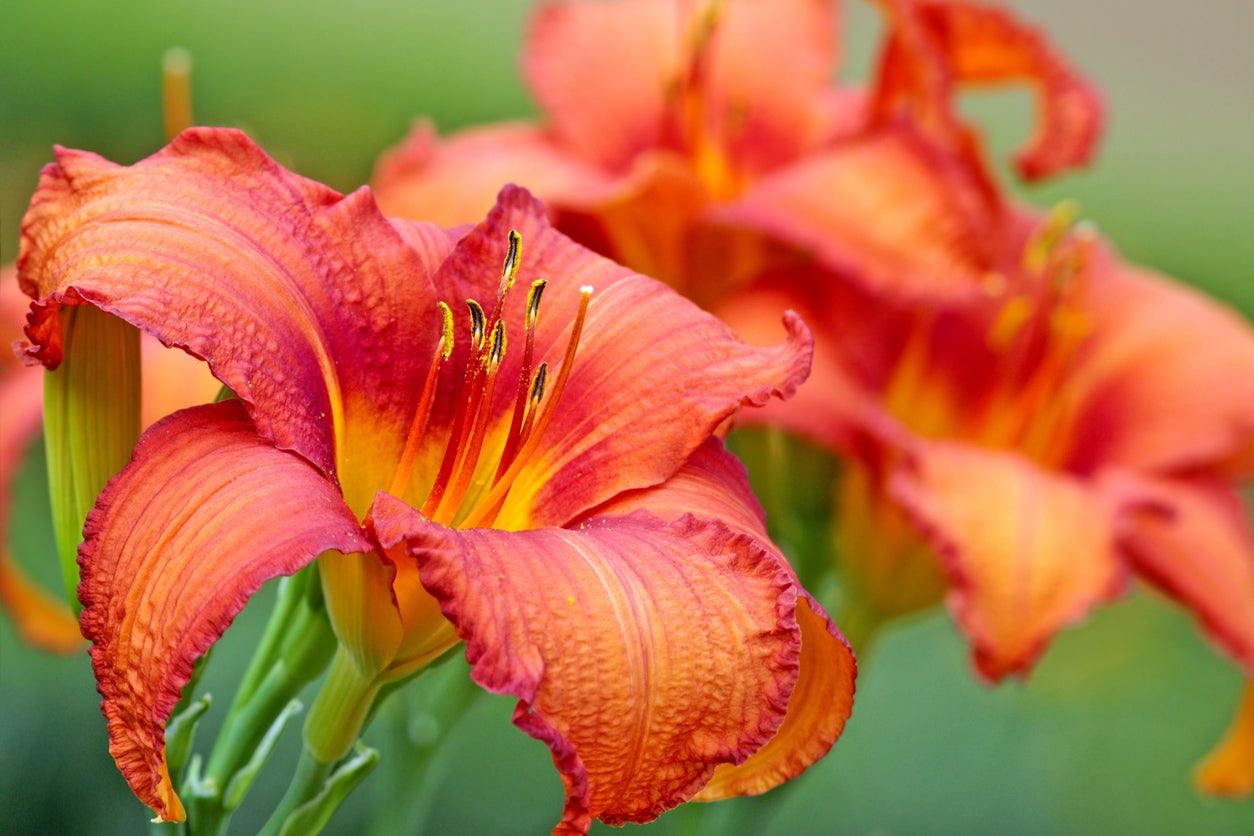 Daylily Fertilizer Needs – How To Fertilize Daylilies
Daylily Fertilizer Needs – How To Fertilize DayliliesDo you need to start fertilizing daylilies? That can depend on the soil. If the soil is poor, feeding these plants may help them to thrive. For more information on daylily food and tips on how to fertilize daylilies, simply click on the following article.
By Teo Spengler